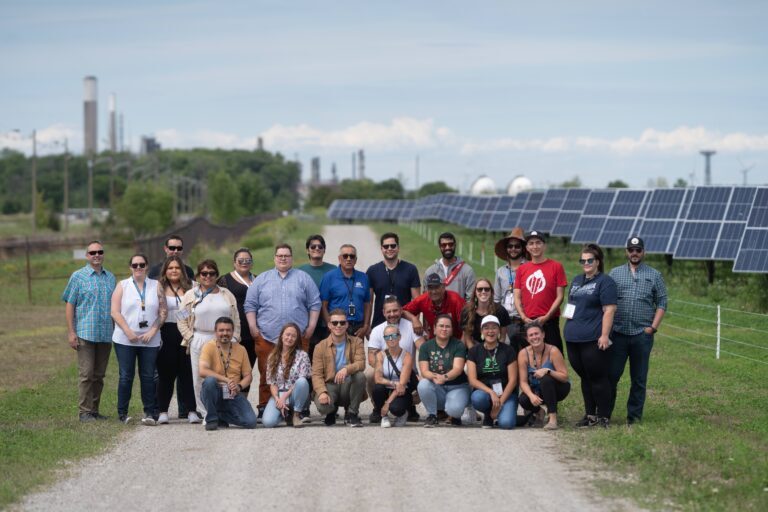- Indigenous peoples have been steadily warning about the impacts of renewable energy development on their lands and communities, but some see a way to harness this trend for the positive.
- Experts say Indigenous communities can play a leading role in the clean energy transition through partnerships that allow them to produce and benefit from renewable energy projects.
- In Canada, policy initiatives like the feed-in tariff program in Ontario province have encouraged Indigenous participation in renewable energy by providing incentives for Indigenous ownership in projects, making them a growing shareholder in Canada’s clean energy transition.
- While there are examples to be taken from Canada’s approach, barriers remain, including limited capacity within communities, access to capital, and governance structures supporting such partnerships.
The traditional territory of the Walpole Island First Nation in Canada covers a vast area of present southwestern Ontario and southeastern Michigan. Marshy deltas, tallgrass prairies and oak savannas are found here. Since time immemorial, the Ojibwe, Potawatomi and Odawa peoples have used this area for hunting, fishing and gathering. Now, a new kind of resource covers part of their land: wind turbines.
The dozens of turbines, owned in partnership between other First Nations and energy companies, mean that Walpole Island First Nation now plays an active role in pushing forward the clean energy transition.
“As Indigenous Peoples, we recognize and support the global shift towards renewable energy,” Joan Carling, executive director of Indigenous Peoples Rights International, said at a press conference on the energy transition at this year’s U.N. Permanent Forum on Indigenous Issues (UNPFII). “But it can’t happen at the expense of Indigenous people. Right now, we are going towards a new type of ‘clean’ colonialism.”


